The machine vision system is composed of industrial lenses, visual light sources, CCD cameras and precision image processing systems. The quality of the industrial lenses can directly affect the overall performance of the system. Therefore, choosing a suitable industrial lens is a key part of building a vision solution. The imaging quality of industrial lenses is determined by parameters. This article will explain the parameters of industrial lenses in detail to help better selection.
Parameters of industrial lens:
Working distance: refers to the distance from the front of the lens to the detected object. That is, the surface distance resolution for clear imaging: the smallest distinguishable feature size on the inspected object that can be measured by the imaging system. In most cases, the smaller the field of view, the better the resolution.
Field of view: The maximum range that the lens can see, that is, the effective working area that the lens can cover.
Depth of field: Similar to the field of view, the field of view refers to the horizontal range, the difference is that the depth of field refers to the depth range. It is the ability of the lens to maintain the required resolution when the object is closer or farther away from the best focus. The greater the depth of field, the greater the imaging range of the picture.
Focal length: is the distance from the center point of the lens to the clear image formed on the glue plane. The smaller the focal length, the greater the depth of field; the smaller the focal length, the greater the distortion; the smaller the focal length, the more serious the vignetting phenomenon, which reduces the illumination at the edge of the aberration.
Distortion: Also known as distortion, refers to the straight line outside the main axis in the plane of the subject, which becomes a curve after being imaged by the optical system, then the imaging error of this optical system is called distortion. Distortion aberrations only affect the geometry of the image, not the sharpness of the image.
Aperture: represented by F, is a device used to control the amount of light passing through the lens, the larger the F value, the smaller the aperture; the smaller the F value, the larger the aperture, the larger the aperture, the higher the image brightness; the smaller the depth of field; the higher the resolution high.
Numerical aperture: The numerical aperture directly determines the resolution. The larger the numerical aperture, the higher the resolution, otherwise the opposite.
Product recommendation
TECHNICAL SOLUTION
MORE+You may also be interested in the following information
FREE CONSULTING SERVICE
Let’s help you to find the right solution for your project!


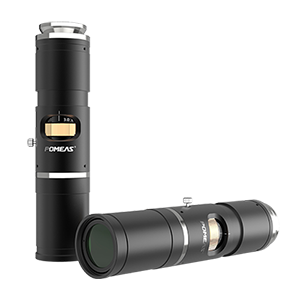

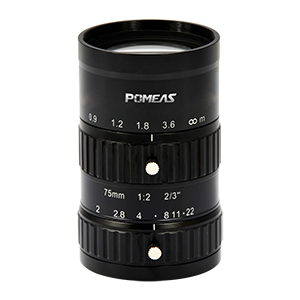
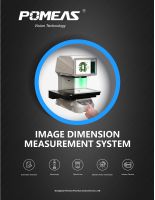

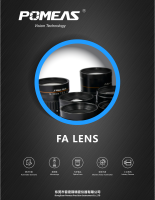
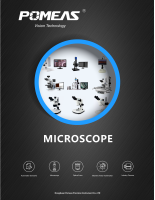
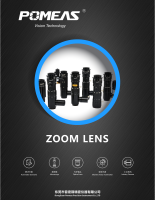
 ASK POMEAS
ASK POMEAS  PRICE INQUIRY
PRICE INQUIRY  REQUEST DEMO/TEST
REQUEST DEMO/TEST  FREE TRIAL UNIT
FREE TRIAL UNIT  ACCURATE SELECTION
ACCURATE SELECTION  ADDRESS
ADDRESS Tel:+ 86-0769-2266 0867
Tel:+ 86-0769-2266 0867 Fax:+ 86-0769-2266 0867
Fax:+ 86-0769-2266 0867 E-mail:marketing@pomeas.com
E-mail:marketing@pomeas.com
